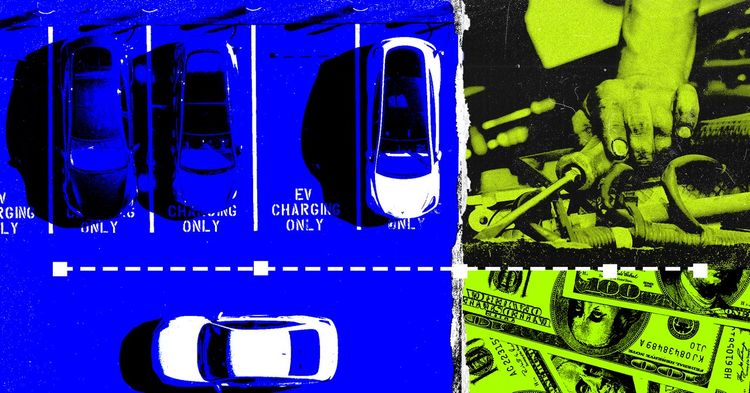Everything You Need to Know About Servicing an EV

In terms of additional times for maintenance, Tesla recommends that Model 3 owners change the cabin air filter and HEPA filter every three years, inspect the brake fluid every two years, and clean and apply lubrication to the brake calipers annually or after driving 12,500 miles. However, this is applicable only if the roads in your area are treated with salt during the winter season.
Due to the absence of service obligations, electric vehicles have become quite appealing to drivers. However, manufacturers, who typically consider ongoing service and maintenance expenses when calculating the vehicle's profitability, will soon require alternative sources of income. According to Cleevely, this is the reason why companies like BMW and Tesla are now introducing subscription packages for additional features. Manufacturers are aware that they will no longer generate revenue from regular maintenance and are exploring other avenues to make up for this loss.
These subscriptions comprise BMW's debatable initiative to provide heated seats as a basic feature in their vehicles, but require drivers to pay a monthly charge to activate them.
Engine and Power Unit
Electric motors and their battery packs necessitate minimal maintenance due to their limited number of components. Otmar Scharrer, the leader of electrified powertrain technology engineering at ZF, a manufacturer of gearboxes and EV motors, emphasizes the distinct disparity in maintenance requirements between EV and ICE drivetrains.
"According to him, internal combustion engines need frequent inspections to replace the oil and oil filter, as well as maintain the chain or belt drives. On the other hand, electric drivetrains require minimal maintenance throughout their entire lifespan. However, in some cases, depending on the electric drive's design and usage, it might be advisable to periodically check the oil level in the reduction gearbox or the oil cooling system after several years of operation."
According to the RAC, a British firm specializing in automobile breakdown assistance and recovery services, electric vehicle (EV) batteries typically come with extensive warranties, often lasting up to eight years, surpassing the warranty coverage provided for the vehicles themselves.
This is all fine and dandy, but this year the initial of those guarantees will reach its conclusion. Cleevely explains how, as the battery guarantees of early Tesla Model S vehicles draw to a close, his company is witnessing increased request. The expiration of Model S warranties presents "a tremendous chance" for independent specialists in electric vehicles, he claims.
According to Cleevely, when it comes to the dependability of electric vehicles, they are typically quite trustworthy, although there have been occasional issues related to electronics. These issues mainly pertain to faulty chargers or inverters, which can be costly to repair. However, such occurrences are not frequent or widespread, and the aftermarket industry is working on offering cost-effective solutions for these problems.
One problem that independent auto repair shops encounter is the utilization of encrypted components by manufacturers. If these components happen to malfunction, they cannot be simply replaced with standard alternatives since the car's computer system will reject them. Although it is possible to overcome this coding problem, it requires engaging in discussions with electronic control unit manufacturers, conducting extensive experimentation with substitute parts, and investing considerable effort into reverse-engineering.
Electric vehicles (EVs) rely less on traditional braking systems compared to internal combustion engine (ICE) cars. This is because a significant portion of the deceleration process is accomplished through regenerative braking. Instead of relying solely on the use of brake discs and pads, EVs slow down by utilizing the motors, which convert kinetic energy into electrical energy, replenishing the battery. This feature often encourages drivers to embrace the one-pedal driving method, allowing them to bring the vehicle from high speeds to a complete stop without needing to physically engage the brake pedal.



































